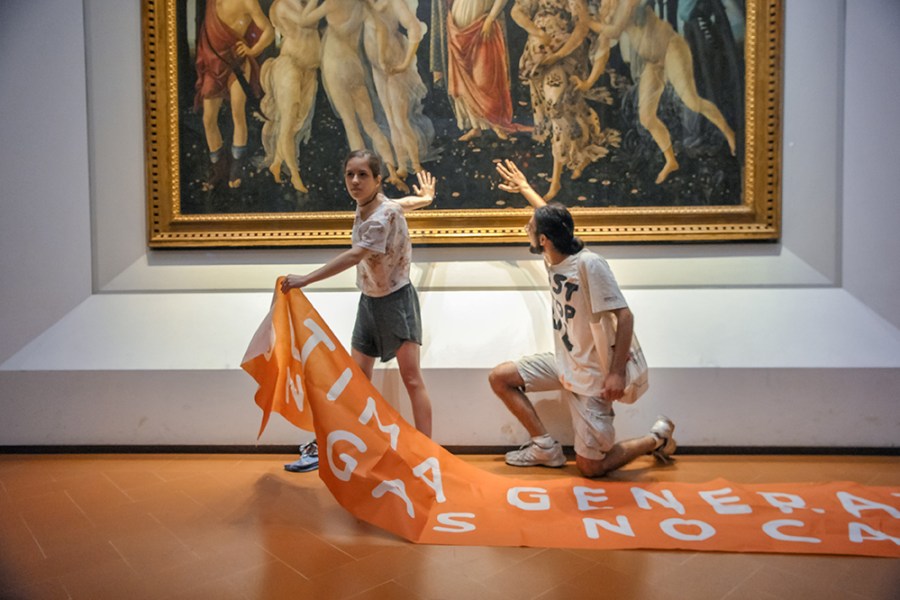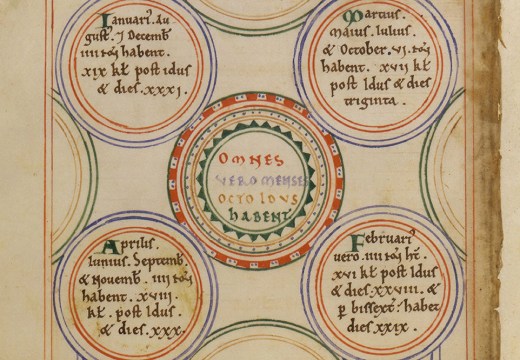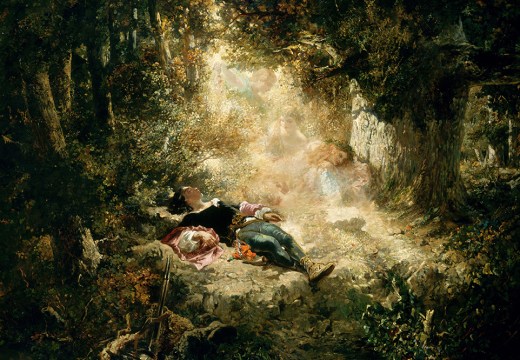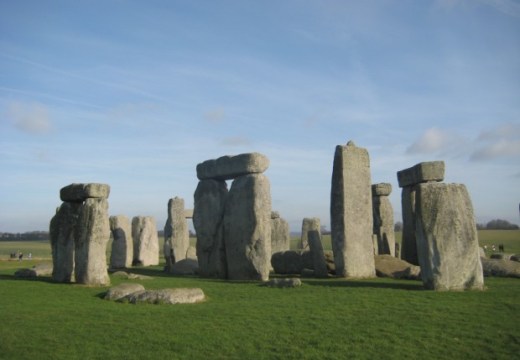Introducing Rakewell, Apollo’s wandering eye on the art world. Look out for regular posts taking a rakish perspective on art and museum stories.
Writing about the series of actions by climate activists in museums across Europe this summer is something of a tricky subject for Rakewell. While not condoning – in any way – the potential damage to some of the most important works in the Western canon, we can’t help pointing out that the protesters are rather good at, well, protesting.
It all kicked off on 29 June when members of Just Stop Oil glued themselves to Horatio McCulloch’s My Heart’s In the Highlands (1860). Your roving correspondent must admit that although we are familiar with the Burns poem that inspired it, we are not quite so au fait with this work (or with Horatio McCulloch), so it isn’t hard to understand why Just Stop Oil moved on to Van Gogh’s Peach Trees in Blossom (1889) at the Courtauld Art Gallery a day later and to The Hay Wain at the National Gallery on 4 July.
Italian and German activists have glued themselves to even greater works: from Botticelli’s Primavera at the Uffizi on 22 July to Raphael’s Sistine Madonna in Dresden only this week. We won’t list every work that has suffered this indignity – besides, Artnews has a very handy list here – but we can’t help being intrigued by the fact that, in each case, the protesters have had something pertinent to say about the paintings and (so far one) sculpture to which they have attached themselves. To take a sample: Primavera has ‘a finesse of detail that borders on the encyclopedic – more than 500 botanical species that bloom precisely in the months of spring… This is a reality that we are in danger of losing.’ Of the Vatican’s Laocöon (the Trojan priest whose warnings about the Trojan horse were ignored): ‘The alarm signal went unheard, the ambassador of danger and his children died crushed in the silence of unconsciousness and the entire city of Troy was set on fire…’
There is evidently method in what museums must regard as madness. The only moral Rakewell wishes to draw, for the moment, is that the climate activists are the latest in a long line of those who have found new meanings in the Old Masters. And we would also point to the vogue for exhibitions about climate change and the environment in museums and around the world. A list of the current and upcoming might include ‘Our Time on Earth’ at the Barbican, ‘Back to Earth’ at the Serpentine, ‘Green Modernism: The New View of Plants’ at the Museum Ludwig, ‘A Cielo Aperto’ at Castello di Rivoli… we could go on and on, but perhaps your despondent correspondent would rather glue themselves to Giorgione’s The Tempest and wait for the waters to rise.
Got a story for Rakewell? Get in touch at rakewell@apollomag.com or via @Rakewelltweets.
Unlimited access from just $16 every 3 months
Subscribe to get unlimited and exclusive access to the top art stories, interviews and exhibition reviews.














![Masterpiece [Re]discovery 2022. Photo: Ben Fisher Photography, courtesy of Masterpiece London](http://www.apollo-magazine.com/wp-content/uploads/2022/07/MPL2022_4263.jpg)
It’s time for the government of London to return to its rightful home